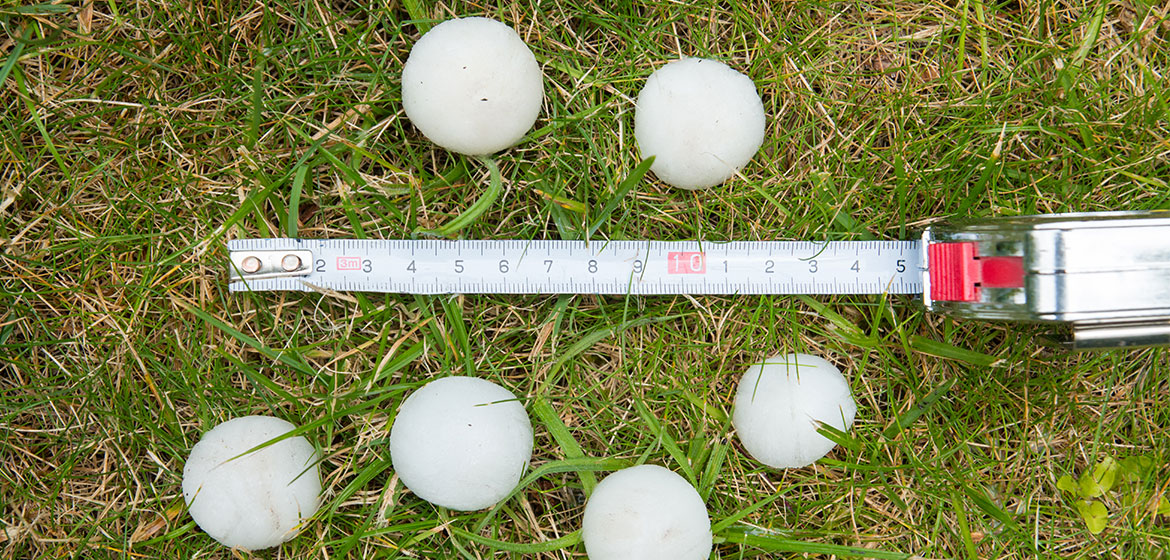4 Factors That Identify The Severity Of Hail Damage

With the expansion of urban and suburban areas, the chances of a hailstorm striking a major city have only grown. The severity of hail damage to your home or business may depend on the following factors.
Location
As severe storms occur more frequently in some states than others, you could be more vulnerable to damage based on your location. Texas and Colorado are two places that have some of the highest hail claims. Also, coastal areas—especially those with a high probability of hurricane activity (such as Florida)—are particularly vulnerable to hailstorm damage.
Age
With each passing year, hail damage weakens gutters, flashing, and roofs, making it easier for water to enter the building. Without causing noticeable damage to the roof’s outer elements, a gradual leak can damage the underlying roofing layers, the frame, and the drywall. This ultimately shortens the lifespan of the roof. Large pockmarks or dents may be seen with the naked eye, but hidden hail damage is sometimes only discovered with the help of a professional.
Structural Design
The ability of a home or business facility to withstand hail and bad weather might depend on its size and design. Flat roof sheeting can be dented and pulled up by strong winds or hailstones the size of golf balls, allowing water to enter a building.
On the other hand, residences and showrooms with floor-to-ceiling windows could require repair work on a number of pricey custom-made glass panels that have cracked.
Maintenance Records
Regular inspections of business premises should be arranged. It can be used to find possible inefficiencies and safety risks, as well as to serve as evidence that the conditions are in good working order. A recent inspection report demonstrating the roof’s fine condition might be extremely helpful if an insurance company denies a payout due to pre-existing roof damage. A pre-loss property inspection service can help you gather this critical piece of information.
Similarly, it is a homeowner’s duty to ensure that necessary repairs have been made to their home and that all maintenance and upkeep work have been undertaken prior to the hailstorm.
What to Do After Sustaining Hail Damage
- Document your losses: To maximize settlement on a hail damage claim, documentation is essential. Take pictures of all the fixtures and objects that are damaged on your property.
- Conduct only temporary repairs: If you have cleaned up or made repairs to the property before the insurance agent has seen the damage, your claim may not be assessed appropriately. Adjusters typically prefer to examine the damage for themselves. Only perform temporary repairs that will prevent future damage, and keep track of all the repairs conducted so that you may request reimbursement.
- File an insurance claim: You should provide proof of your losses to your insurance as soon as you have acquired the essential information.
- Be ready to fight: The way insurers make money is by charging consumers premiums, and they keep that money by underpaying or refusing claims. It could be wise to seek professional help to guide you through the next steps if your insurance company refuses to cover the damages.
Our public adjustment team will fight to ensure you receive the coverage you are entitled to. If you are having trouble receiving proper compensation from an insurer, reach out to Stone Claims Group today!